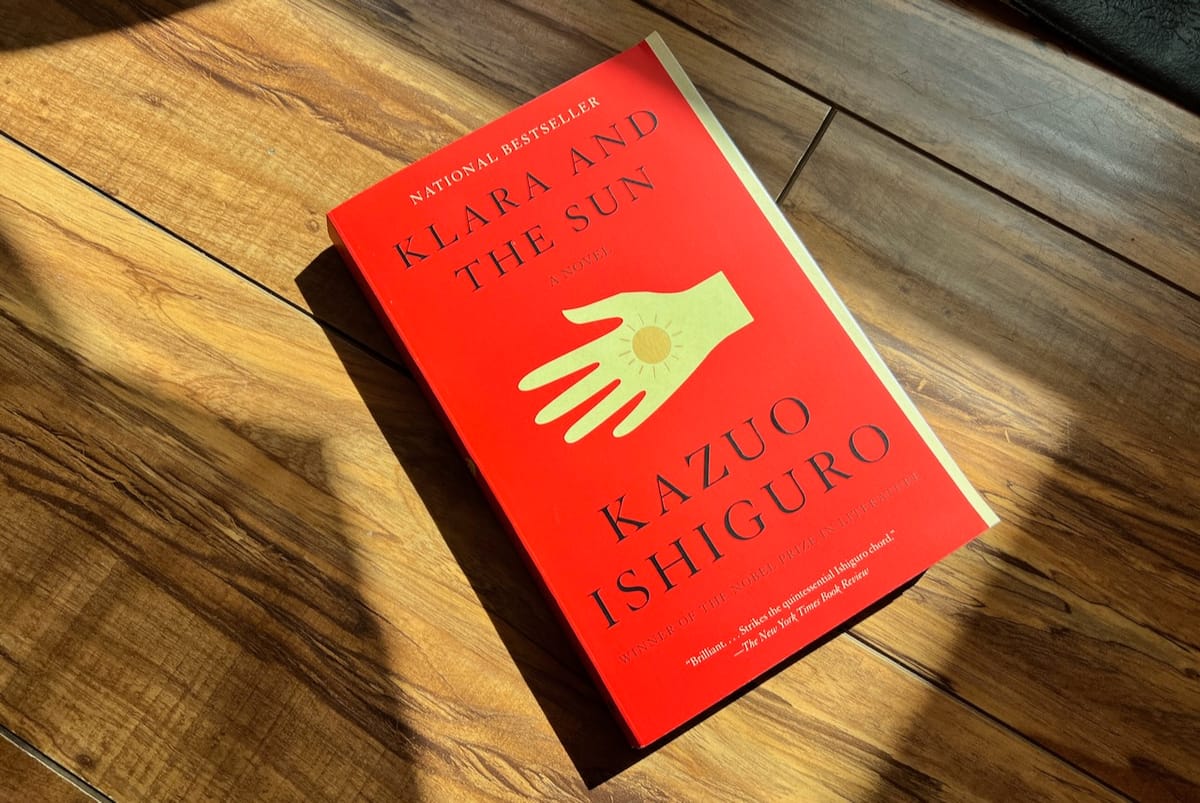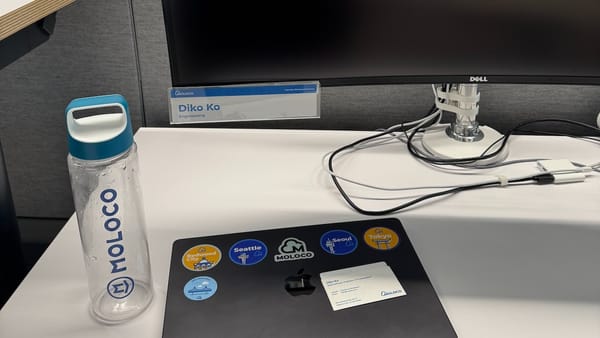Klara and the Sun

I had to choose my next book when I completed "The Dispossessed." Though I mentioned it in a totally different context before, "The Remains of the Day" is one of my favorite novels. So, it was automatic for me to pick up "Klara and the Sun" when I found Kazuo Ishiguro's new work was an SF novel.
It is a story of a girl Klara who is not a human but an AF. AF would mean "Artificial Friend," but the novel does not mention it. There are many essential concepts for understanding the novel's world: such as "lifted," "interaction meeting," "community," and "slow fade." The story is in the first person (Klara), and we can only perceive the world by what she sees, hears, recognizes, and thinks; we have to infer all situations. She is the protagonist and a guide to a little gloomy dystopian future.
As an English learner, "description" is the most challenging thing for me. I might be able to write a 10,000-word technical manual or academic paper in English without any difficulties. However, it is really tough for me to describe the beauty of a National Park that I visited last week in English; I couldn't make it even in 100 words. So, I learned a lot of expressions from how Klara described her world. And it was so serene - that should be the characteristic of Sir. Ishiguro's work. It was my first time reading his work in English. By that alone, it was a precious experience.
I don't want to put too many spoilers here. But I want to say that the following one sentence should be the theme of this book.
"There was something very special, but it wasn't inside Josie. It was inside who loved her."



